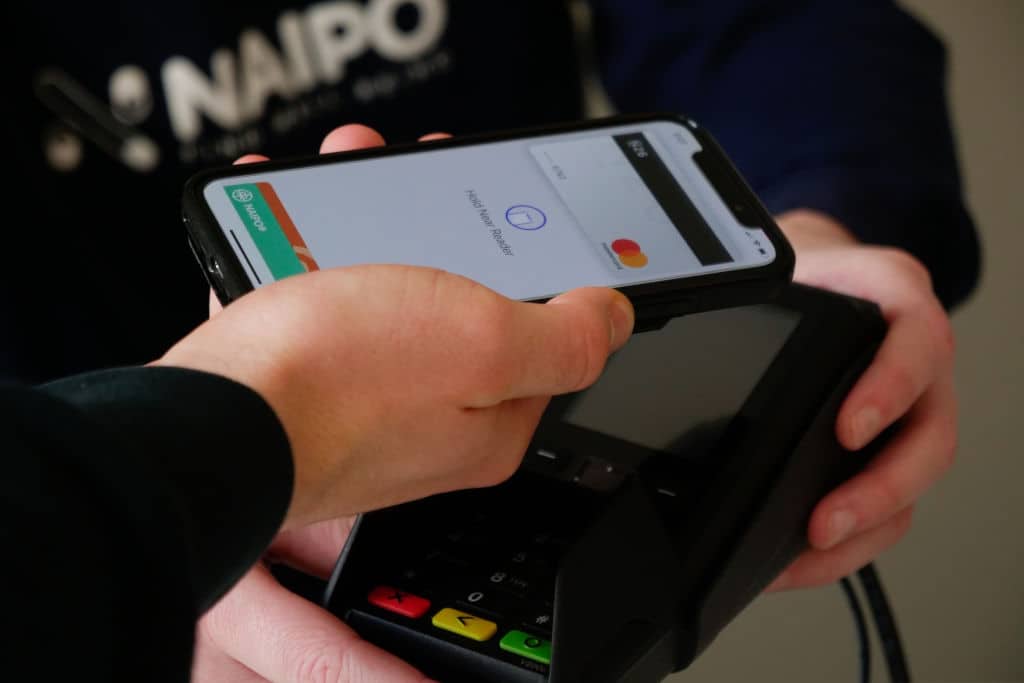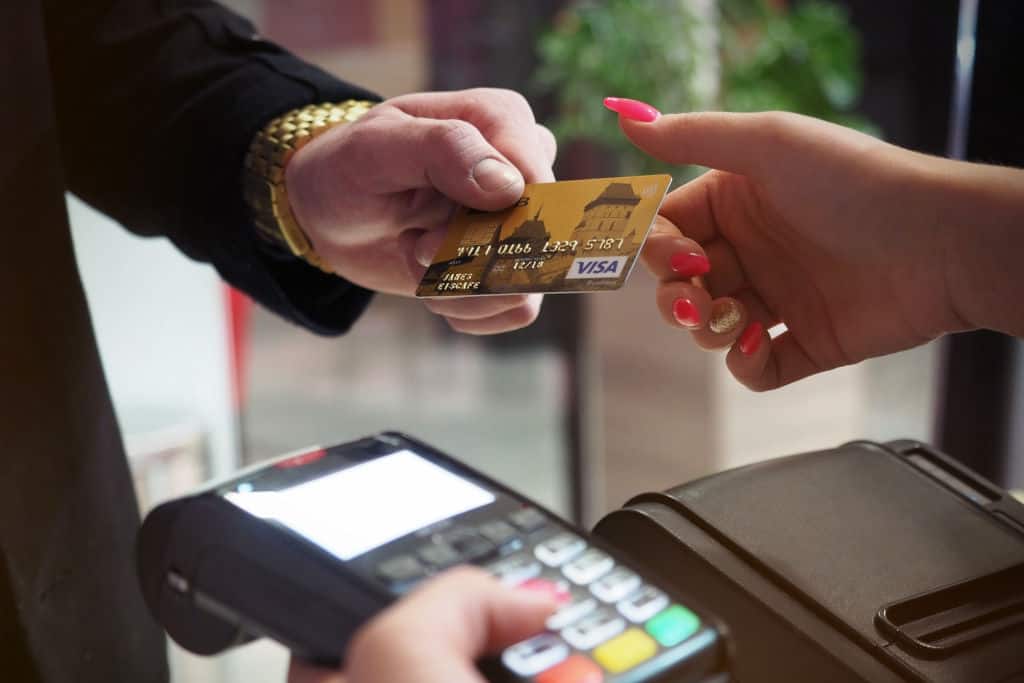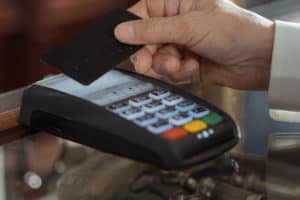Often we see terms and transactions we don’t really know for sure what they mean, and sometimes get lost defining them.
In this post, you can check some of the most common transactions and terms clearly defined. Let’s see what each of them means.
What Does a Pending Transaction Mean?
A pending transaction is a transaction that hasn’t been completely finalized. The bank puts the money aside where you can’t touch it until it settles the transaction with the merchant. How long will a pending transaction take depends on the merchant, the financial institution and a few other factors.
When a transaction is pending, the amount is reserved for the merchant and not available to you for other uses, but remains in your current balance.
What Does a Posted Transaction Mean?
A posted transaction is a fully completed transaction. This means the transaction went through, it has been settled and recorded with a post date. This applies to all types of credit and debit card transactions (payments, purchases, refunds, and chargebacks).
Most transactions take a few days to post, usually about 2 to 4 days. Charges on your debit or credit card may seem instant, but they are only instant because of authorizations.

What Does an Authorized Transaction Mean?
An authorized transaction is a pending charge, with a hold of the payment until it posts. The amount is subtracted from your account but does not affect your balance yet. The only thing it affects is your available credit and will affect your balance only once it posts.
Authorization is a courtesy to show you how much you owe in a pending transaction. It also helps prevent you from overdrawing your account. If you see “awaiting authorization” under your payment method, it simply means that the merchant is waiting for your bank to approve the transaction.
The main difference is that authorized transactions aren’t yet fully completed and your balance isn’t yet affected, while the posted transactions are fully completed with the amount subtracted from your balance.
What Does Dispute Transaction Mean?
A disputed transaction occurs when you challenge the validity of the transaction, where you argue to the bank that the charges are invalid or fraudulently paid for without your consent.
When you dispute a transaction the financial institution will investigate the issue, and usually won’t refund you until the issue is resolved.
Is disputing a transaction bad?
Disputing a transaction is fairly common, it is legal and it is your right to do so. It won’t affect your credit card score negatively.
What are the reasons to dispute a transaction?
Some of the most common reasons to dispute a transaction are fraud and unauthorized purchases without your consent, faulty products, wrong items delivered, services not performed, billing errors, credit not issued, and other irregularities.
What Does ACH Transaction Mean?
ACH transaction is an electronic, bank-to-bank money transfer processed through the Automated Clearing House (ACH). Examples of ACH transactions are direct deposits (paychecks, tax refunds, payroll) and direct payments (bill payments, mortgage loans, sending money to someone). Most electronic payments today are ACH.
How does an ACH payment work?
ACH payments work by processing in batches at the end of the day, not in real-time. When you send an ACH payment, your bank takes the requested amount of money out of your account and puts it in a batch with all the other transactions that your bank will process that day. ACHs then need to settle, which may take a few days.
What Does Invalid Transaction Mean?
When a transaction isn’t accepted by the bank it may show as being invalid and is being declined. There are several reasons for an invalid transaction: the payment is suspicious on the bank’s end, incorrect card number or other card information, the card has expired, multiple transactions in a row, etc.

What Does Arm’s Length Transaction Mean?
An Arm’s length transaction refers to a business deal in which buyers and sellers involved have no pre-existing relationship with each other. They act in their self-interest, are independent, and aren’t subject to pressure from the other party.
An arm’s length transaction example is a sale in real estate, which ensures that properties are priced at their fair market value.
What is considered a non-arm’s length transaction?
In a non-arm’s length transaction, buyers and sellers have a certain interest or a relationship with each other, whether personal or business. An example of a non-arm’s length transaction would be sales between family members (your father selling you a house), and companies with related shareholders.
What Does On-Chain Transaction Mean?
An on-chain transaction is a type of cryptocurrency transaction that is recorded and verified on the blockchain. They offer more security and transparency since they can’t be changed once they’ve been recorded on the blockchain network. If you need more security, protect yourself with a virtual credit/debit card.
On-chain transactions can take anywhere between 10 minutes to several hours, mostly depending on the blockchain traffic during the transaction.
What is on-Chain settlement?
For a transaction to be settled, it needs to have 6 or more confirmations to be secure and valid, which is 5 blocks that need to come after the block which included the transaction. During low transaction volume in the initial phase of a blockchain, the settlements can be instant.
What Does Off-Chain Transaction Mean?
Off-chain transaction doesn’t occur on the blockchain network but another electronic system, such as PayPal. They offer lower transaction costs, greater anonymity, and immediate settlement.
What Does an Unconfirmed Bitcoin Transaction Mean?
An unconfirmed Bitcoin transaction means that the transaction wasn’t put into a block by a miner. There are limited numbers of transactions that miners are allowed to put into a block, so they pick the ones with the highest fee rate first. When too many transactions come at the same time, it can create a backlog.
You can use these mempool statistics to see if there is a backlog building up.
How do I fix unconfirmed Bitcoin transactions?
You can fix an unconfirmed Bitcoin transaction by reverting. There are two ways. For both of these cases, make sure the transaction doesn’t have any confirmations yet.
The first solution requires a wallet to support the RBF protocol. You will need to rebroadcast bitcoin transactions with a higher fee, but only if you have previously set the “RBF” flag that allows it to be replaced with a high fee transaction.
The second solution is double-spending, where you need to make a new transaction to yourself with the same amount of the original transaction that got stuck.
What Does Encrypted Transaction Mean?
Encrypted transactions are used to increase security and privacy by hiding the transaction information, making it impossible to be viewed by a third party.
Credit card encryption works by scrambling the transaction information with an algorithm so that it can’t be accessed with anything else other than a private key. As long as it remains encrypted, no one else has a chance to decrypt it and steal your card or account information.
What Does Recurring Transaction Mean?
A recurring transaction is a periodic, automatic payment that can be charged on a weekly, monthly, or yearly basis. It represents the agreement between a cardholder and the company providing services/goods that authorizes the regular charging of payments in the future, regularly.
How do I stop recurring transactions?
You can stop it by canceling/unsubscribing/removing your card details from the billing options on the company’s website (usually in your account settings). You can also do it by telling the bank to cancel any future charges on your card. If the charges are unauthorized, you may want to report a stolen card, and request a new one.
What Does an All-Stock Transaction Mean?
In an all-stock transaction, the shareholders receive shares of the acquiring company as payment, rather than cash. For shareholders, this kind of transaction is preferable when they expect an increase in the value of the acquiring company’s stock.
What Does an All-Cash Transaction Mean?
In an All-Cash transaction, the cash is exchanged for an asset without the use of any other monetary means, such as financing or exchange of stocks.
When buying a house, an all-cash transaction means that the buyer pays the seller cash and gets the deed. There is no loan, so there is no need for a note or a mortgage. It means that you paid the full amount as an upfront payment, and bought full ownership of the house.
What Does a Credit Transaction Mean?
A credit transaction is any transaction where the repayment of money loaned or payment of goods and services is to be made at future date(s). Buying on credit means paying for goods later.
The types of credit transactions include personal credit, retail credit, investment credit, commercial credit, and others.
What Does a Cash-Free Debt-Free Transaction Mean?
Cash-free debt-free is generally done as an asset purchase agreement, where the acquirer takes control of the assets, but without liabilities (debt free). The seller keeps the liabilities and is responsible for servicing them, normally from the cash accounts that they keep (cash-free) and the proceeds from the sale.
What Does a Domestic Transaction Mean?
A domestic transaction is a transaction where both parties reside in the same country or the same tax jurisdiction. For example, domestic purchase in the US means that goods and services are purchased by US residents, regardless of where those goods or services were produced.
What does domestic mean on a card?
When you get a domestic credit or debit card, it means that the card can be used only within the issuing country.

What Are International Transactions?
An international transaction is a transaction where the parties of the transaction reside in different countries or different tax jurisdictions. It’s a cross-border trade agreement that requires a settlement in a foreign currency.
You may be sometimes charged the international transaction fee when doing online transactions. They mostly depend on the conversation fees and your type of credit card and fees associated with international payments.
What Does Earmarked Transaction Mean?
When a certain amount of funds during a transaction were specifically marked for that single purpose, then this is called an earmarked transaction. The term usually refers to funds specifically assigned for future payments, and it is how companies or governments budget spending.
Earmarked balance is the amount of balance set aside for future payments.
What Does Hold Transaction Mean?
A “hold” is a step in the process of a transaction. Once you pay or purchase something, the transaction is approved and then a hold is put on the amount. This will freeze the authorized amount until the transaction is settled (or canceled).
Transactions stay on hold for a few days, usually no longer than 5 business days.
What Does Reversal Transaction Mean?
Transaction reversal is the process of reversing a transaction before the transaction is fully completed. For reference, a transaction is fully completed when it has been settled and recorded with a post date.
Transaction reversals usually take a few days but should be started as soon as possible before the transaction has been posted.
What is the difference between reversal and refund?
The main difference is that reversal happens before the transaction was fully completed (posted). Refunds happen after the transaction was fully completed.
What Does Void Transaction Mean?
A void transaction is a canceled transaction before it settles through the credit or debit card account. Void erases the transaction, it can be done immediately, and may not even show on the account afterward. Post void makes it as if the transaction never happened. If you used a credit card, you don’t get charged at all.
How long does a void transaction take?
Void transactions take a few hours, but should typically disappear from the credit/debit card account statement within 24 hours.
What is the difference between void and refund?
Void cancels and deletes the transaction before it is settled, so it doesn’t appear on the customer’s account statement, and the funds never left the customer’s account. Refund returns the funds to the customer’s credit/debit card after the transaction and doesn’t delete the transaction from the statement.












